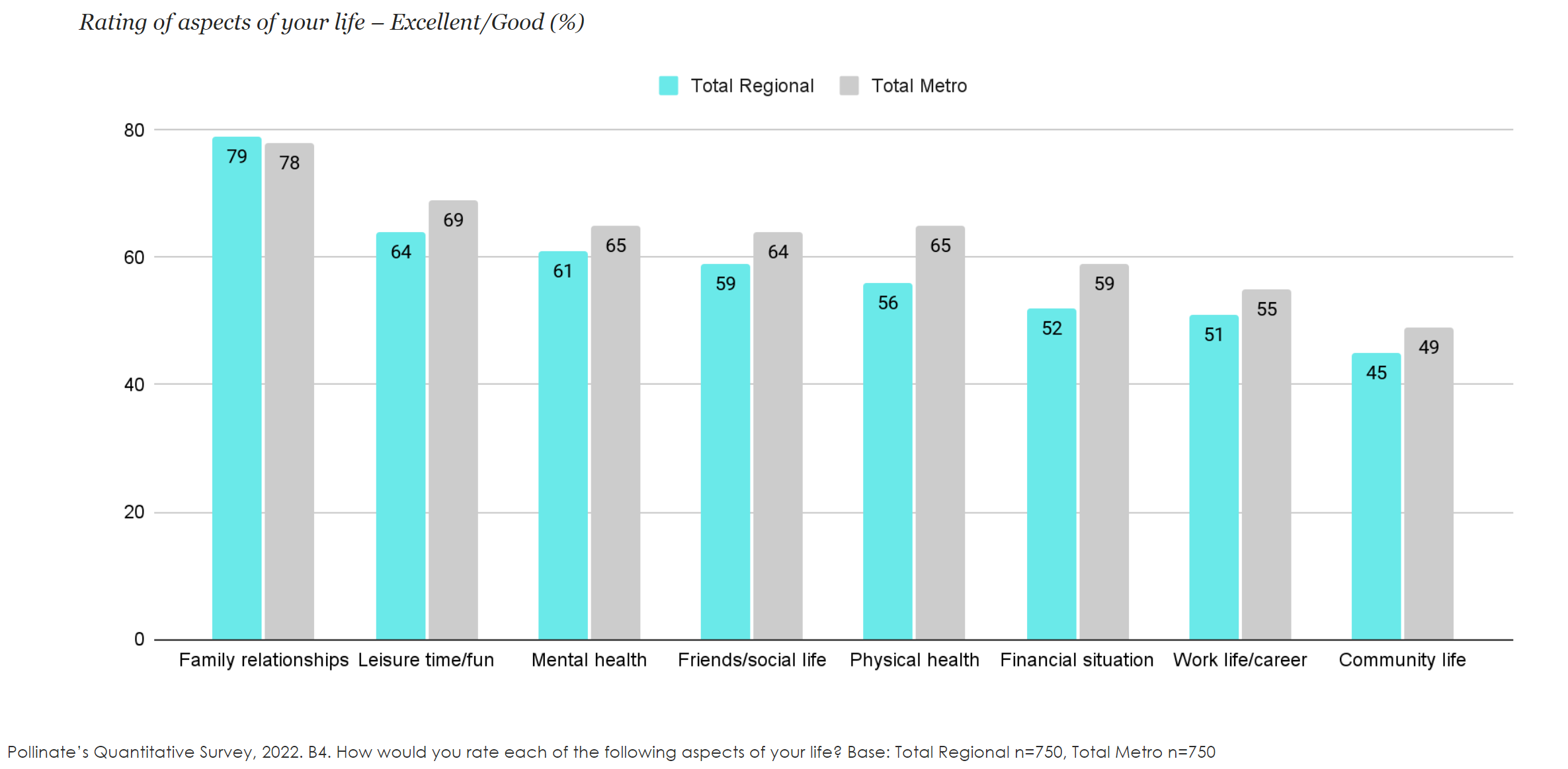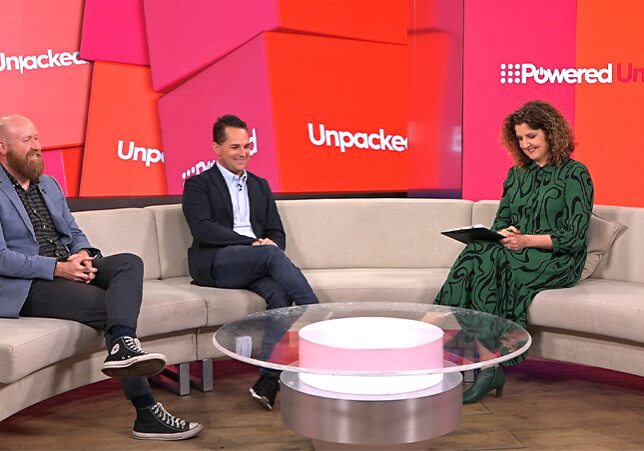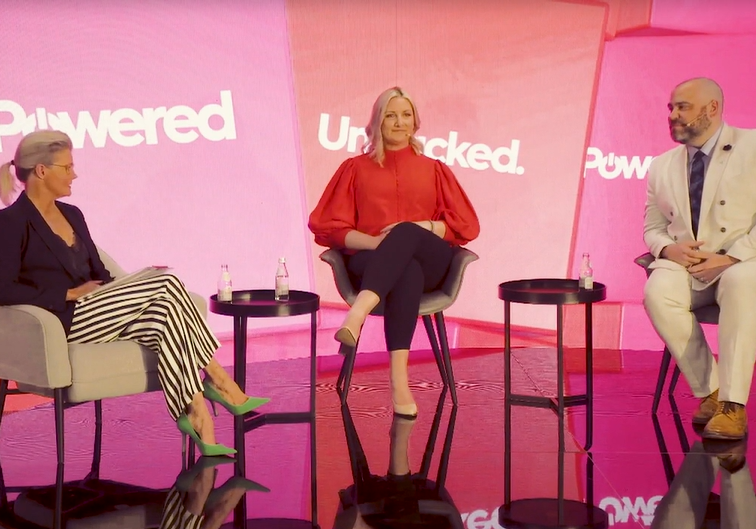New research into regional Australia unveils data brands shouldn't ignore

Shift happens: Australia’s regional centres overtake metro growth but marketers risk repeating strategic errors, crimping ESOV
For the first time in over 40 years, population growth in regional Australia is outstripping capital cities, the latest ABS data shows. But new research from Nine and Pollinate finds that brand marketers are failing to fully tap this growth opportunity and own markets that rivals are yet to reach. Here’s how to cut through to 35 per cent of the population – and rising.
New research unveils surprising data
Pollinate’s survey of 1,500 Australians in both regional and metro areas aimed to compare and contrast what they value and how that differs across markets. It found there are few real differences – exploding a common myth, according to Nathan Patrick, Commercial Director for Regional television at Nine. He thinks this has significant implications for brand marketing strategies.
“Over a long period of time there’s been a lot of misconception about the regional and metropolitan audiences, so it’s been really interesting to get this data to see where the similarities are,” says Patrick. “Finally we can go back to marketers and say ‘look, we’re telling the same story here – this is the audience and there is no difference’”.
Marjorie McBride, Insights Manager with Nine’s Group Audience Insights Division, agrees.
“What was most surprising to me was just how unanimous both metropolitan and regional Australians are in all aspects of life, but particularly when it comes to family life, friendships, social life and career aspirations,” she says of the research.

“Historically there has been this common misconception that regional Australians are vastly different to city dwellers, and that’s no longer the case. We need to acknowledge that there are large regional cities like Newcastle, Lake Macquarie, Geelong, Gold Coast, the Sunshine Coast, the Central Coast, all of which are quite metropolitan in nature These are the places experiencing the largest population growth.”
Toby Boon, Director of Strategy and Insights for Powered by Nine, questions whether brands are fully alert to that sustained trend. In response, Nathan Patrick suggests solid regional marketing strategic foundations have been laid via initiatives such as Boom Town, but building on those initiatives stuttered during the pandemic as brands grappled with shifting dynamics.
Unconscious underrepresentation
While media owners have recognised the sustained changes underway – The Block, Tree Change delivered record total television numbers, Shaynna Blaze’s Country Home Rescue recently hit our screens, and Byron Bay appears to be emerging as the new home of reality TV – Marjorie McBride points out that Pollinate’s research suggests there is more work to do.
“It found that all Australians think that regional Australians are under-represented in the media,” McBride says.
“Over half of the people we surveyed in metro and in regional markets agree or believe that regional Australians are actually a good representation of what it means to be Australian, and even more representative than a metropolitan Australian.”
Are brands conscious of that lack of representation? “I don’t know if they are conscious of it,” says Nathan Patrick. “But it is definitely coming to light in conversation.”
More broadly, he thinks the size of the regional prize is starting to land, with marketers increasingly cognisant of the demographic changes playing out.
“Northern New South Wales is now the third largest population in Australia. It goes Sydney, Melbourne, then Northern New South Wales – it is bigger than Brisbane There has been a lot of work, especially from our end, trying to educate people around that."
"It is finally getting a positive impact and we have definitely seen the advertiser pool grow” Patrick says.
Premium v peanuts
Despite the similarities between metro and regional audience values, Patrick warns brands not to take a one-size-fits-all approach, saying: “What works for McDonald’s or what works for Woolworths is different, and the education around that is really important.”
But he insists there is one underlying rule of thumb: Don’t buy junk inventory.
“You can’t just keep buying the cheapest CPM if you want to move the needle It’s just frequency, frequency, frequency. And from an auditing perspective, premium is where the audience is.”
Patrick points to the 'A Fire Inside' documentary made with Powered and Initiative for IAG, as an example of how brands can cut through to both regional and metro Australia by taking a more thoughtful - and premium - approach. The 90-minute film and associated advertising assets ultimately reached 12 million Australians and became Australia’s most watched documentary in the summer of 2021.
Toby Boon thinks the campaign’s success was due to its recognition and linkage of natural disasters in regional Australia and the huge impact of bushfires on metropolitan life – connecting people with Australian stories wherever they are from.
Patrick suggests brands can build on those connections through news channels regionally via the WIN network. “WIN news delivers great cut-through in those communities because it educates and gives something back. As brands you have to be ingrained in such communities.”
ESOV boost
Patrick thinks advertisers can also find greater cut-through in regional areas due to reduced clutter, “because a lot of their competitors aren’t advertising there yet”.
That view is backed up by marketing effectiveness rules such as ESOV (enhanced share of voice) which states that brands which spend above their market share – going hard on reach and long on brand – achieve higher growth than those that do not.
Which is why cutting regional spend when budgets come under pressure could be a disastrous recipe for brand strength, and ultimately sales.
“That is one thing we try and drill into the market. Don’t just cut regional because it is the easiest thing to do,” says Patrick. “It is actually 35 per cent of the population. There is an opportunity to own that space.”
View more marketing insights from Powered By Nine
Contact us for more information on how your brand can leverage the power of Nine to deliver real business outcomes.




